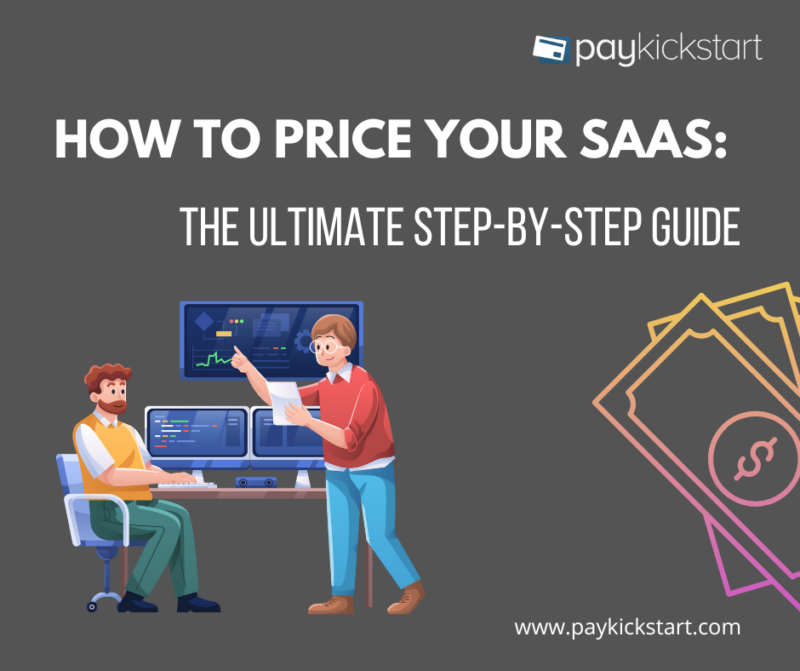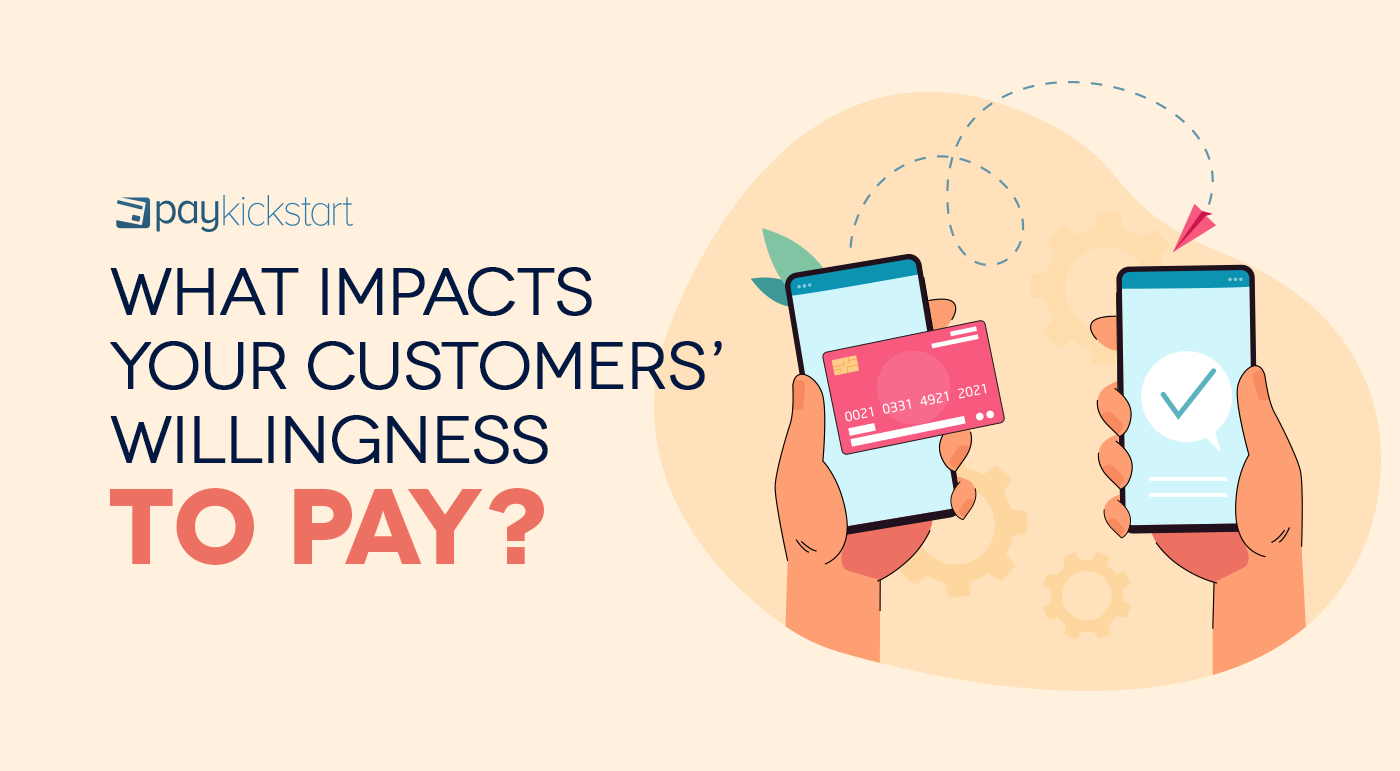Subscription growth hack (by PayKickstart)
Facebook Group - 3,932 members
Visit Group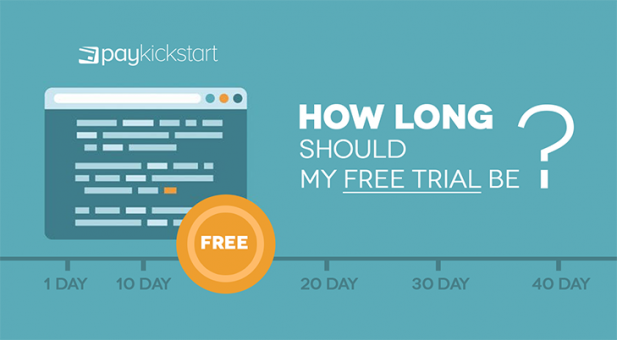
It’s common practice to offer a free trial when you’re selling a subscription service. It’s so common that subscription-based businesses without a free trial are considered an anomaly.
The challenge is that a free trial has many permutations including length, credit card or no credit card, and value of the customer. Depending on how you structure it, you may see an uptick or a reduction in trialing users that turn into paying customers.
This article zeros in on free trial length and looks at how to come up with the best duration for your brand.
Your free trial length doesn’t exist in a bubble. It impacts every other aspect of your business because it’s how people become customers. If you choose an arbitrary timeframe and leave it at that then there’s no way of knowing how it’s affecting your business as a whole.
Before you decide, take the following factors into consideration.
With every subscription, there’s a specific goal or outcome the user wants to attain. If they can attain that goal or make progress towards it then they’re more likely to stick around. The point at which they realize your product is a good fit for them and experience value from it is referred to as the “aha moment.”
The faster you can help free trial users get to the aha moment the more likely they are to stick around. That moment is different for every service. For example, the aha moment for an email marketing service may be when a user gets their first email subscriber or sets up their first automation sequence.
With PayKickstart that could be making their first dollar or setting up their first sales funnel. It’s your job to identify what it is then work out how quickly that can happen for the average user. If that’s 2 days then optimize your free trial accordingly. If that’s 30 days then your free trial should reflect that.
It doesn’t matter if your free trial is a year. If people don’t have access to the parts of your service that matter then it’ll be difficult to make a decision about whether or not they can use it.
Instead of offering a free trial with limited access, consider offering a free trial that gives users all the features. That way, it’ll be a matter of whether they’ve had enough time to use it and arrive at the aha moment.
Simple products that can be learned in a few minutes or hours can and should be treated differently from complex products. For example, a tool like YouTube can be mastered within a few minutes. A platform like Google Ads takes weeks of focused effort before it can be mastered.
If they were software products, the trial lengths would be completely different.
These are just a few of the factors that should be taken into consideration. There are specific things you’d considered due to the nature of your product and others which you’d ignore. After you’ve assessed all the important factors, you can then decide if you want a short trial (fourteen days or less) or a long trial (more than fourteen days).
Shorter is better because it means that people become customers more quickly. You can then apply that new revenue towards getting more customers. It’s a virtuous cycle. Here’s when you should go with a short trial.
Some products are a no brainer. All you need to do is see whether or not they work. If they do then the next step is to simply purchase a subscription.
Some businesses take this to the extreme. Instazood only offers a 3-day free trial.
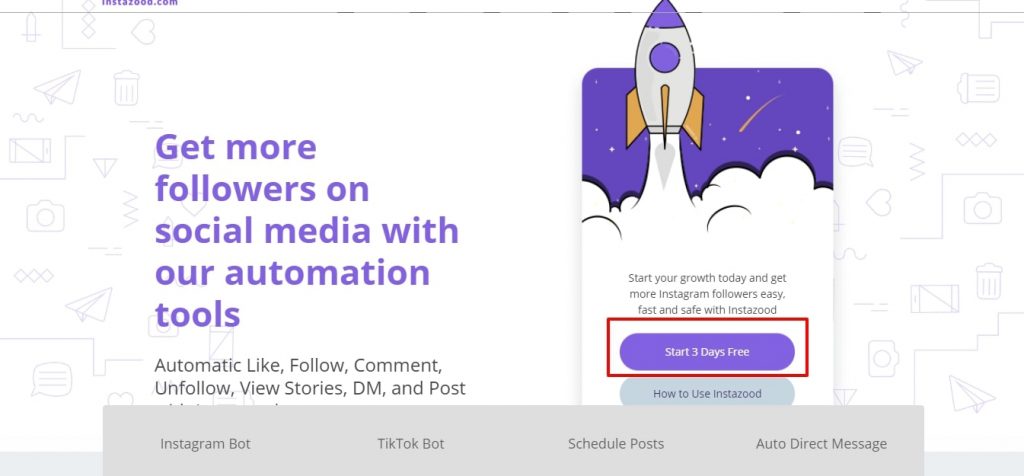
The value being delivered is clear for the people it’s targeting. As long as the service works, they’re likely to purchase.
In some instances, the cost of delivering your service is too high to justify allowing people to get access over an extended period. You may want to shorten the trial and optimize it to the best of your ability. That way, when someone signs up and goes through the trial then they have a high likelihood of turning into a customer.
If you fall within these criteria, then your trial should be fourteen days or less. I can’t give you an exact figure because your business is unique but this is a good guideline. Now, let’s look at when you may want to consider offering a longer free trial.
Though a short trial is ideal, there are cases when a longer trial will result in more people becoming paid customers.
The more a person uses your service, the harder it is for them to leave. These “sticky” tools are what everyone wants but few people can achieve. For example, I use the free version of Google drive and have hundreds of documents and spreadsheets hosted there. It’s also the first place I collaborate with contributors and team members.
If it were to suddenly require payment for every user, I wouldn’t bat an eyelid before whipping out my card. The same is true for email marketing. Is there an aspect of your service that makes it more and more important the more it’s used? If not, can you engineer it to capitalize on longer free trials?
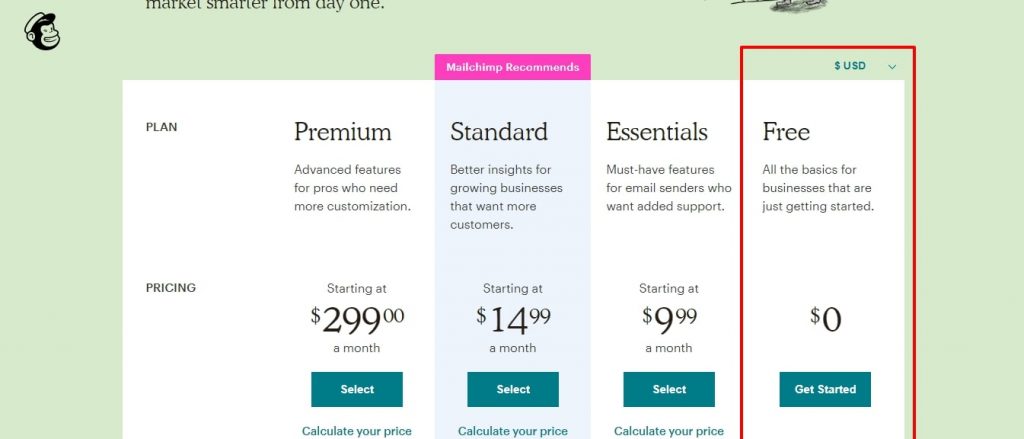
There are services that simply can’t be learned in 7 days. These include but aren’t limited to analytics tools, enterprise data management, etc. Though they may not need to learn how to use every feature in the trial, they should be able to wrap their head around the major functions.
If your product is complex and you know it takes a concerted effort to get it ready for use, consider scrapping the free trial and using a sales team. If the economics won’t support a sales team then it may be a good idea to use a longer free trial.
Free trial length is a hotly debated subject. Some people feel it should be long and others feel it should be short.
The simple truth is that the free trial length will be different for every business. Complex products or sticky products may be better suited to a long free trial while simple products with clear value can get away with a shorter trial.
In the end, this article is nothing more than a guideline and you’ll have to test the free trial length yourself and draw your own conclusions.
Let me know how you decided on the length of your free trial in the comments and don’t forget to share.
Daniel Ndukwu is a regular contributor to the PayKickstart blog. He has extensive experience with online businesses, conversion optimization, and subscription revenue models. When he's not writing insightful content, he works with other entrepreneurs to help them grow their bottom line.
Read More About Daniel Ndukwu